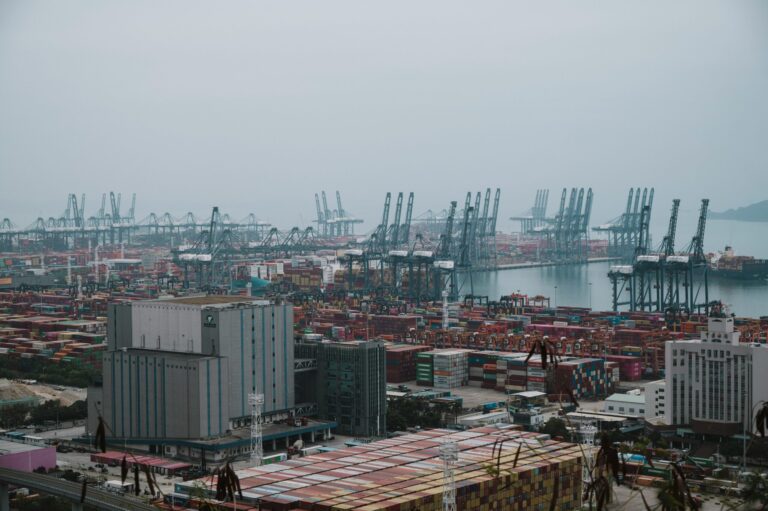A massive labor strike has unfolded at 36 major U.S. ports, creating significant disruptions across the nation’s supply chains. Over 45,000 dockworkers from the International Longshoremen’s Association (ILA) have walked off the job, protesting disputes over compensation and automation policies. This strike has caused widespread disruptions, with notable impacts on the movement of goods, affecting more than 68% of the nation’s imports.
The work stoppage primarily affects key ports along the East and Gulf Coasts, including vital trade hubs in New York, New Jersey, and the ports of Charleston and Houston. These ports are critical entry points for goods from overseas, making this strike a significant blow to U.S. trade. The walkout began on October 1, 2024, following failed negotiations between the ILA and port authorities.
At the heart of the dispute are concerns about wages and working conditions. Dockworkers are demanding higher pay to keep pace with rising living costs, particularly as inflation continues to put pressure on wages across many industries. They are also pushing back against plans for increased automation at ports, fearing that it could lead to job losses and the further erosion of their bargaining power.
The impact of the strike is already being felt across the country. Companies like UPS, FedEx, and other logistics providers have seen a surge in demand for air freight services, as businesses scramble to find alternative shipping methods to mitigate the delays caused by the strike. However, air freight is not a long-term solution for many businesses, as it is far more expensive than ocean freight.
Retailers, manufacturers, and other businesses that rely on the timely delivery of goods are experiencing significant supply chain disruptions. The strike has led to delays in the arrival of essential products such as electronics, clothing, and industrial supplies. Many companies are facing higher costs, which are likely to be passed on to consumers in the form of higher prices.
In addition to the logistical challenges, the strike has raised concerns about the long-term competitiveness of U.S. ports. If the labor action persists, it could prompt companies to consider shifting their shipping routes to other countries or ports with fewer labor-related disruptions. This could have lasting implications for U.S. trade and economic stability, particularly as the global supply chain continues to adapt to changing conditions.
The situation remains fluid, with negotiations ongoing between the dockworkers’ union and port authorities. If an agreement is not reached soon, the strike could escalate, leading to even more widespread disruption across the nation’s supply chains. As of now, the strike shows no signs of resolution, and businesses are bracing for the potential ripple effects in the coming weeks.


